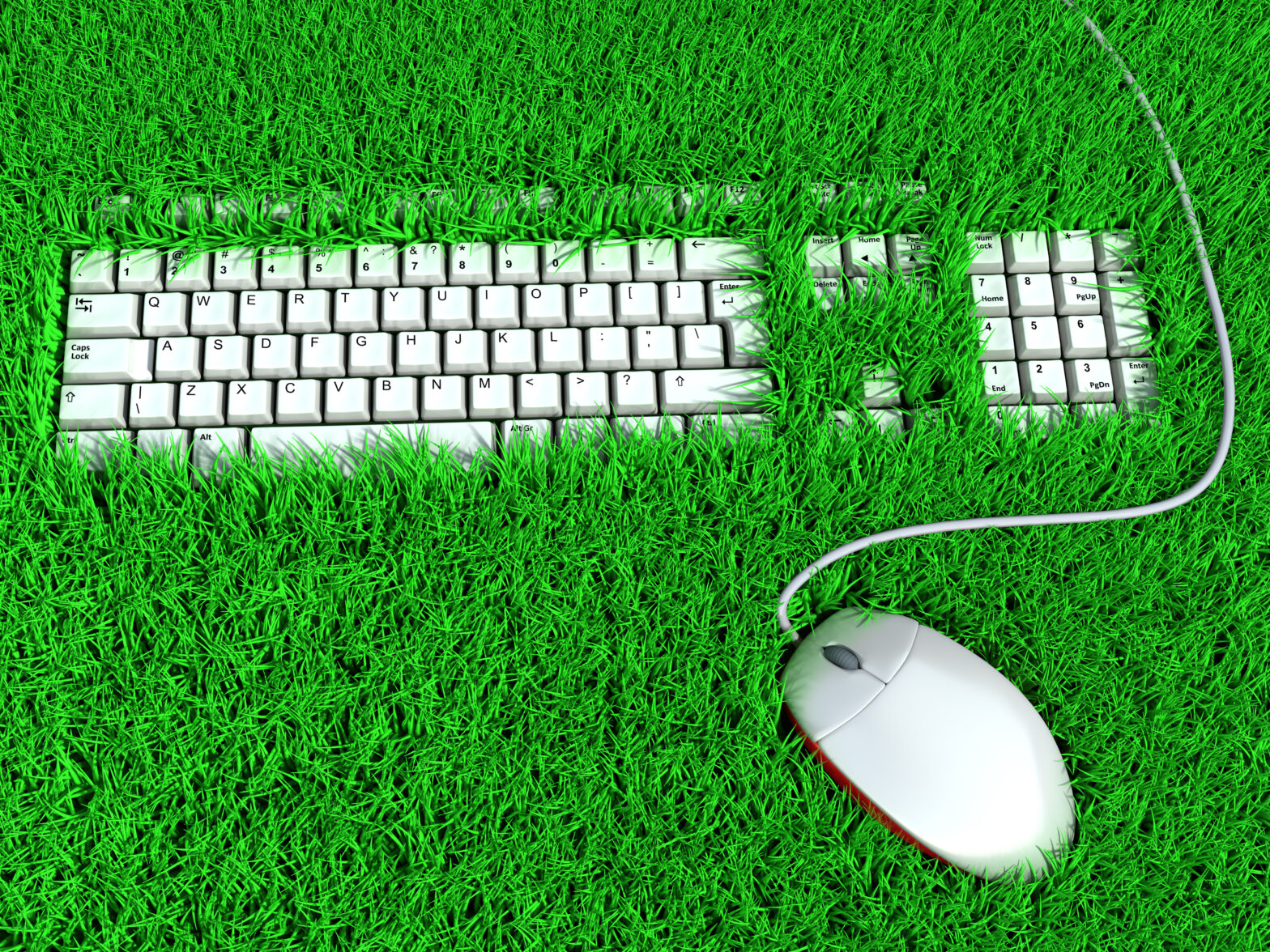There are four main ways you can pay for equipment, buy outright, hire purchase, leasing and contract hire.
Buying outright
This does not necessarily mean buying it with your own money; you could use a bank loan or overdraft to finance the purchase of the equipment. The advantage of buying outright is that you own the asset, which will be entered in your balance sheet. This will make your balance sheet stronger. Also, the tax system is very favourable for most types of equipment, often allowing you to write off the whole cost in the year of purchase. The disadvantage of outright purchase is that it uses up large lumps of cash, maybe when you are short of funds.
Hire purchase (or credit sales)
Ultimately, you will own the asset outright at the end of the hire period. This means that hire purchase confers some of the same advantages of buying outright. As with outright purchase, you can claim a capital allowance from the time you start using the equipment, and you will be able to take the equipment into your balance sheet as an asset, with what you owe as a liability on the other side.
Using hire purchase also means that you are not laying out such a large sum initially, compared with buying outright, which can be helpful for cash flow. However, the payments you make will consist of capital, as well as interest. You get tax relief only on the interest part of the payments. If you are a sole trader or small partnership, hire purchase deals up to £25,000 are within the Consumer Credit Act 1974 (as amended by the Consumer Credit Act 2006) but larger hire purchase deals, and deals on any size if you operate as a company, are covered. The Act provides protection against unfair terms and access to the financial ombudsman service in case of dispute.
Leasing
If you lease equipment, you are not the owner of it, although you may be able to buy it at the end of the lease. The company that organises the lease is the initial owner. The main advantage of leasing is that there is no capital outlay, so it can be a big help to cash flow.
In general, you do not claim the capital allowance for the equipment; the company organising it claims the allowance. However, all the payment you make is treated as an expense, so you get full tax relief on it.
There are different types of lease. If the lease is a close-ended one, it means there will be a fixed period of one to five years. At the end of the agreed period, there may be an option to buy or to take on a further lease for a nominal rent. An open-ended one means you can end it when you like after the expiry of an agreed minimum period.
Contract hire
This is a form of leasing, mostly used for financing a fleet of vehicles. In this case, what is in the contract is not a specific vehicle or vehicles but the use of an agreed number of specified type. The length of the agreement is usually shorter than the estimated life of the equipment. Use of the vehicles can be provided with or without the maintenance. You may be able to arrange to buy the vehicle at the end of the agreement.





